Are you having trouble with your projector’s display? If so, it may be due to a blown lamp. A malfunctioning projector can mean missing important information or moments, like when you’re presenting your big project at work. Knowing how to check if the problem lies in the lamp is key to making sure that your presentation goes without a hitch. Read on for an easy guide on how to tell if a projector lamp is blown and what steps you should take afterwards!
What’s Fun to Watch on a Projector?
Are you looking to spice up movie night? Projectors can bring a whole new level of entertainment to your home. From classic films to YouTube videos, the possibilities are endless. Here are a few ideas for what you can watch on your projector:
- Classic movies – Get together with family and friends and enjoy some classic movies! With a projector, you’ll be able to see every detail of a classic film like never before. [1]
- YouTube videos – Videos from YouTube are always fun and entertaining! Whether it’s a funny video or an educational one, there’s something for everyone. Plus, with the right projector setup, you can easily watch videos in high definition.
- Sports games – Sports fans rejoice! With a projector, you can watch your favorite games in all their glory. From football to baseball, the options are limitless.
- Video game tournaments – Got a bunch of friends who love gaming? Projectors make it easy to host tournaments with multiple players on the same screen. Plus, you can also enjoy watching other people play video games online.
- Live streams – Love to keep up with the latest news? Projectors are perfect for watching live streams of events such as conferences, concerts, and interviews.
- Documentaries – Who says learning has to be boring? With a projector, you can enjoy documentaries in stunning high definition visuals that will blow your mind!
- Karaoke nights – Want to have a little fun? Invite your friends over for an epic karaoke night. With a projector, you can easily pick out the lyrics and get the party started! [2]
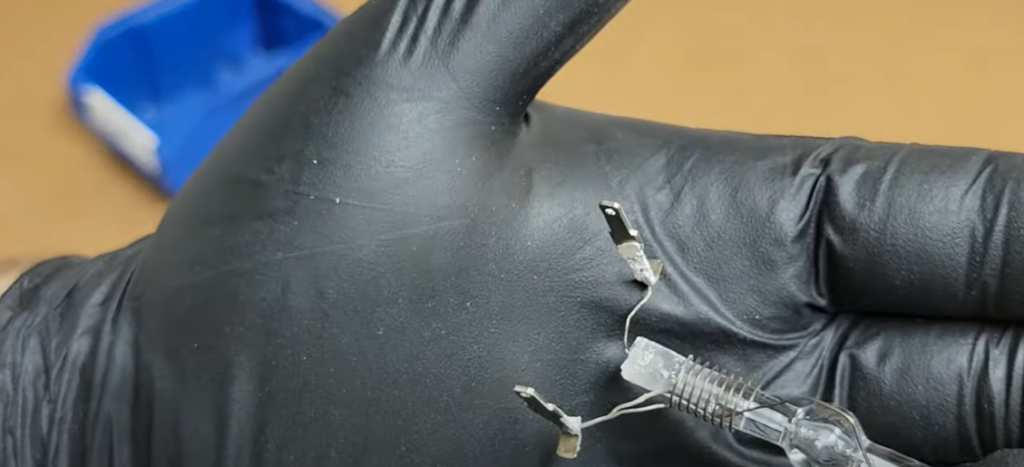
Is It Worth Using Projectors?
Projectors have been around for quite some time, but they are increasingly becoming popular in the classroom and at home. Projectors offer a unique way to display images, videos, or presentations on a larger screen than most standard monitors or televisions can provide. But is it worth using projectors? We break down some of the key reasons why you may want to consider using a projector.
Versatility
Projectors are versatile tools that can be used for presentations, movie nights, gaming, or even as a second monitor. With modern projectors being more lightweight and compact than ever before, you can easily move them around with minimal setup time – perfect for those who often switch between locations.
Large Image Size
Projectors are ideal for showing images, videos, or presentations on a large scale. While most computer monitors offer a maximum size of 28 inches in diagonal length, projectors can display images that span from 30 to 300 inches diagonally – perfect for those who need larger screens than standard monitors provide.
Low Total Cost of Ownership
Although projectors may have a higher upfront cost than most standard monitors or televisions, they often last longer and require less maintenance over time. This makes them more cost-effective in the long run, as you won’t need to replace your projector as often.
Low Power Consumption
Projectors use very little power compared to most computer monitors or televisions. This helps to keep electricity costs down, while also reducing your carbon footprint.
Convenient Interfaces
Projectors now come with a range of convenient interfaces, such as HDMI and USB ports, allowing you to connect nearly any device to it for easy access. [3]
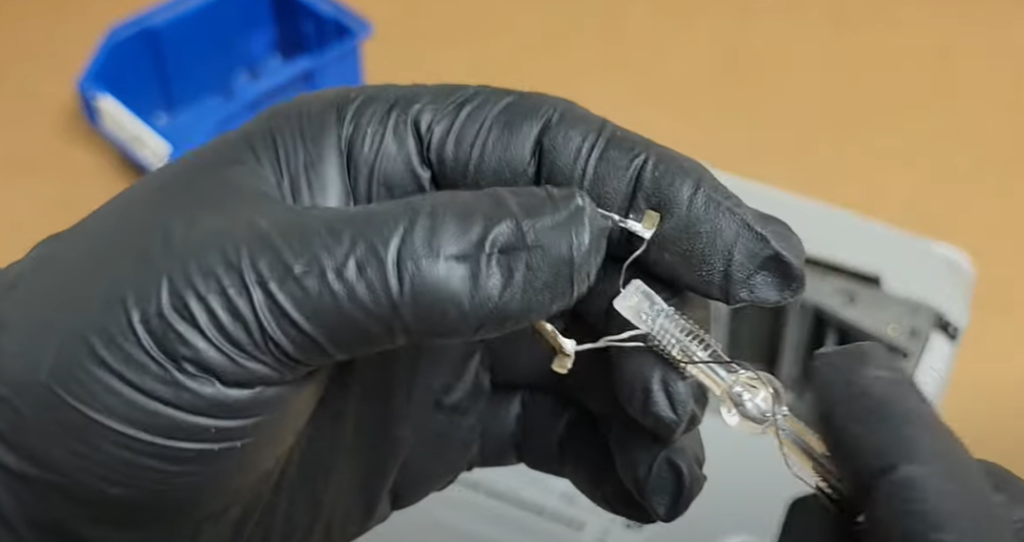
What are the Criteria for a Perfect Projector?
Having a projector is a great way to enjoy movies, gaming, or presentations – but finding the right projector can be challenging. There are many factors to consider when selecting the perfect projector for your needs. Here are some of the key criteria you should take into account:
Brightness & Contrast
The brightness and contrast of a projector is one of the most important factors to consider. The brighter the projector, the more clear your image will be – even in rooms with some ambient light. Contrast is also important, as it affects how vivid and true-to-life colors appear on screen. [4]
Resolution
Your projector’s resolution should match the resolution of your content – higher resolutions are better for movie viewing, and lower resolutions can still look great for presentations. For most uses, 1080p or 4K is recommended – but if you don’t need such a high resolution, then you may want to choose a projector with 720p or even 480p.
Connectivity
Be sure to consider the types of connections you’ll be using. Most projectors have built-in USB and HDMI ports, but if you plan on connecting to a laptop or other device with a different type of port, make sure your projector can accommodate it.
Lamp Life
Projectors use lamps that eventually burn out over time – the lamp life of the projector should be considered when purchasing. Most projectors have a lamp life of about 5,000-15,000 hours, but some can reach up to 30,000 hours or more.
Size & Weight
The size and weight of the projector is important if you plan on moving it around or if it will be mounted in an awkward space. Be sure to check the size and weight of your projector before purchasing, as this can make a big difference in how easy it is to set up or move around.
Audio
Many projectors come with built-in speakers, but some models may require external audio for better sound. If you plan on using your projector for movie viewing or gaming, it’s important to consider the type and quality of audio output offered by the projector.
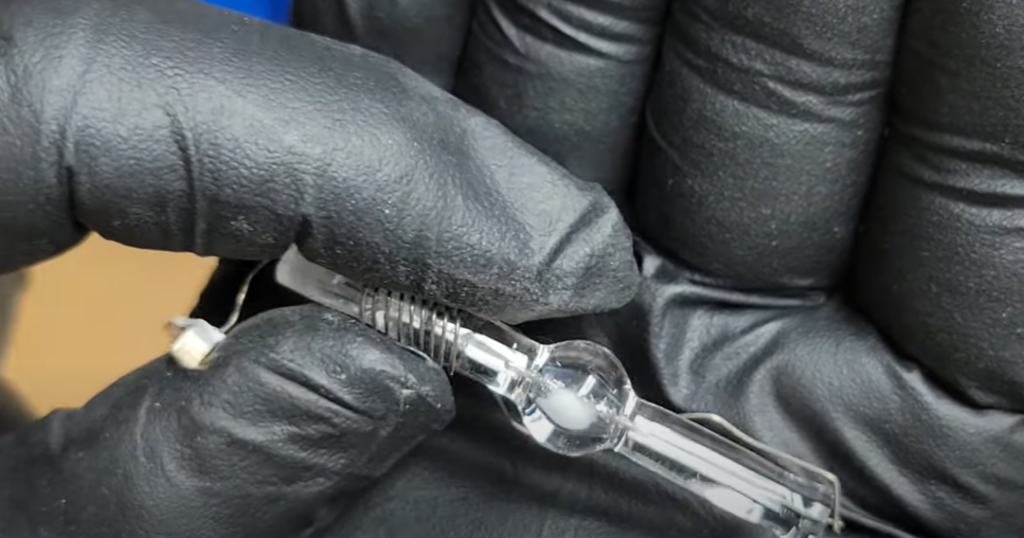
Price
The price of a projector is an important factor to consider. While some projectors can cost thousands of dollars, there are also many inexpensive models on the market that can offer excellent performance at a lower price point. [5]
What Problems Might Occur with Projector Operation?
Projector operation can be a tricky endeavor. While projectors are designed to provide an optimal viewing experience, there are a number of common problems that may arise during use. These issues can range from simple technical difficulties to more serious hardware-related issues. [6]
Common projector problems include:
- Malfunctioning inputs – Many projectors come with a range of input options, including HDMI and VGA ports. However, these ports can become damaged or otherwise malfunction, resulting in distorted images or no picture at all.
- Image distortion – Poor image quality is often caused by a projector not being properly focused or aligned. Adjustments to the zoom, focus, or alignment settings may be necessary to achieve a clear image.
- Overheating – If the projector is used for extended periods of time it can become overheated and shut down unexpectedly. It is important to ensure that the projector’s cooling system is working properly and that it is placed in an area with adequate air circulation.
- Lamp malfunction – Projector lamps need to be regularly replaced as they age. If a projector’s lamp is not working properly it can lead to a dim or darkened image.
It is important to troubleshoot any issues that may arise during projector operation, as ignoring these problems could cause long-term damage to the equipment. If you are having difficulty with your projector, it is best to seek help from an experienced technician or technical support specialist. [7]
How to Test If a Projector Lamp is Bad?
Projector lamps are important components in the operation of projectors. Without them, a projector won’t be able to generate the necessary light to project images and videos onto a screen. That’s why it’s important to know how to test if your projector lamp is bad so that you can replace it before it becomes an issue.
Another way to test if a projector lamp is bad is to check the brightness of the light it emits. If the lamp is emitting a dim or flickering light, then this may indicate that it’s not working properly. If this is the case, you should replace the bulb immediately.
It’s also crucial to note that projector lamps don’t last forever and will eventually need to be replaced. Most projector lamps have a lifespan of up to 2000 hours, so you should be aware that it may need to be replaced within this time frame.
It’s also important to ensure that the projector is being used in an environment with correct temperature and humidity levels. Excessive heat and humidity can cause the projector bulb to burn out faster than usual, so keeping your projector in a cool and dry environment is essential. [8]
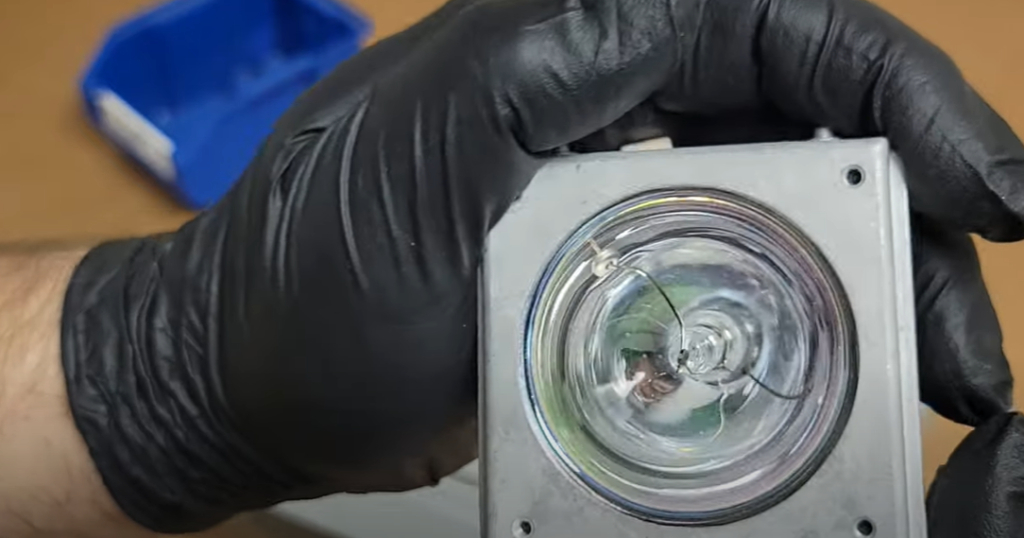
Five Signs You Need a New Projector Lamp
Projector lamps are essential to keeping your projector working optimally. They provide the light source for projectors, allowing them to display images and videos that you can share with a wider audience. However, like any component of technology, projector lamps don’t last forever – so how do you know when it’s time to get a new one? Here are five signs that you need to replace your projector lamp:
- Dim, discolored image – If the images projected by your projector look dimmer or more discolored than they used to, it could be a sign that your projector lamp is beginning to wear out and needs replacing.
- Flickering images – Does your image flicker or pulse? It could be an issue with the bulb, especially if it’s been used for several hours.
- Change in brightness – Over time, projector lamps will lose some of their brightness as they start to wear out. If you notice a change in brightness when projecting images, then it’s likely time to get a new lamp.
- Unusual noises – If you hear any unusual noises coming from the projector, like a clicking or buzzing sound, then it’s likely time to replace the lamp.
- Unresponsive remote control – Are you having difficulty controlling the projector with your remote? This could also be an issue with the projector lamp and may need to be replaced. [9]
10 Ways on How to Tell if a Projector Lamp Is Blown
Projector lamps are an essential component for any projector device, and they can last anywhere from 1,000 to 5,000 hours of use before needing to be replaced. Knowing how to tell if a projector lamp is blown can help you save time and money by replacing the bulb in a timely manner. Here are 10 signs to look out for that may indicate that your projector lamp is blown:
- The projector won’t turn on or lights up but displays no image. If the bulb has gone, your projector may not power on at all or will light up but display no image.
- The projection is dimmer than usual and fades to black. A fading bulb can cause a dimming of the projected image before it blacks out completely.
- Unusual flickering or buzzing sound when the projector is running. A malfunctioning bulb can cause a buzzing, humming, or flickering noise during operation.
- The image has dark spots or shadows in it. This can indicate that the bulb is no longer evenly distributing light across the projection area and needs to be replaced.
- The image has rainbow-like effects or discoloration. This is a sign that the projector bulb’s color balance may have been disturbed and needs to be changed.
- The projection is distorted with wavy lines, shadows, or other abnormalities. This can indicate that the bulb has gone out of alignment and no longer projects an accurate image.
- The bulb has physically burned out, or the glass is cracked or shattered. If you take a closer look at your projector lamp, it should be clear if it has been damaged and needs to be replaced.
- The projection is too bright for its intended brightness setting. This can mean that the bulb is no longer emitting the correct amount of light and needs to be replaced.
- The colors appear faded or washed-out. A more gradual decline in the bulb’s performance may cause a dulling of the projected image’s colors, which could indicate that it is time to replace the lamp.
- There is an unpleasant smell coming from the projector during use. This could be a sign that the bulb’s filament has burned out and needs to be replaced.
If any of these signs are present, it is recommended that you replace your projector lamp as soon as possible for optimal performance. Be sure to use the correct type of bulb for your specific projector model so that you can ensure maximum brightness and longevity of the new bulb. Taking proper care of your projector lamp by following regular maintenance procedures and storing it in a safe, dry place will also help to extend its lifespan. [10]
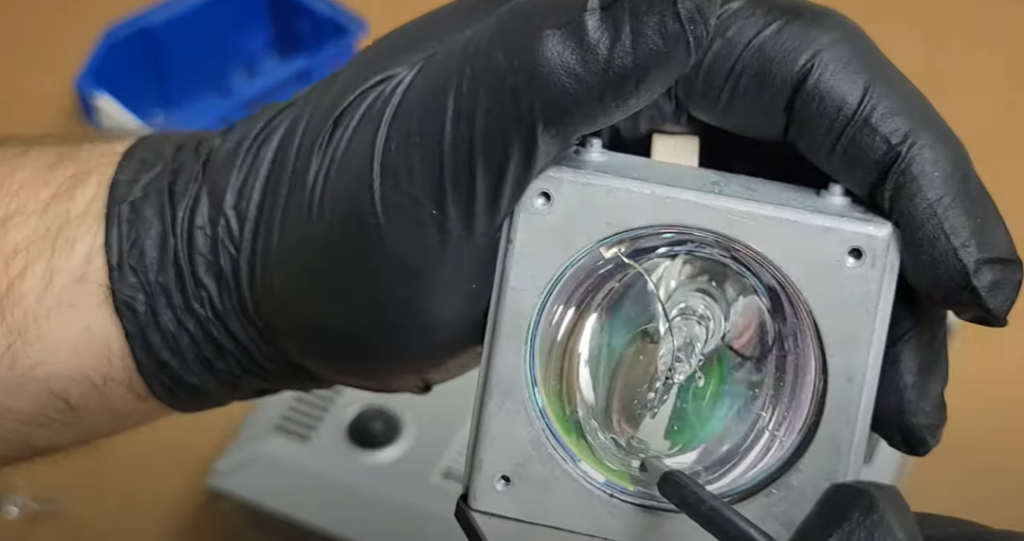
FAQs
What happens if a projector lamp explodes?
If a projector lamp explodes, it is important for the safety of yourself and others to immediately unplug the projector from its power source and evacuate any people in the vicinity. Leaving any pieces of broken glass within the projector could cause fire hazards or potentially injure anyone who comes into contact with them. In addition, you should take precautions not to inhale any gasses or smoke that may be released from the exploded lamp. After all safety measures have been taken, contact the manufacturer or a qualified repair technician to replace the lamp and get your projector up and running again. It is essential that you do not attempt any repairs yourself as this could further damage the device and put anyone working on it at risk of injury.
What causes projector lamp failure?
Projector lamps can fail for a variety of reasons, including using the wrong lamp type for the projector model, poor ventilation, overheating caused by inadequate cooling systems or inadequate power. In addition, aging and wear can shorten the lifespan of a bulb, leading to early failure. Projector lamp overheating is often caused by an improper setup in which an incorrect wattage lamp is used in the projector. This causes the bulb to consume more power than it should, resulting in overheating and premature failure. Poor ventilation can also be a factor, as hot air being trapped inside the projector can cause the temperature of the lamp to become too high and eventually overload it.
How many years does a projector lamp last?
The life of a projector lamp will depend on the make and model, but generally range from 2,000 to 6,000 hours. Different projectors may require different types of lamps as well. For instance, traditional bulbs last for around 4,000 hours while laser sources can last up to 20,000 hours or more. While the cost may be higher upfront for a projector with a longer lasting lamp, it can be worth the investment in the long run.
It is important to take into consideration the brightness level of your projection when considering projector lamps. A higher brightness setting will result in a shorter lamp life. However, if you are looking for an optimal viewing experience, this may be necessary. Therefore, it is recommended to invest in a projector with an adjustable brightness level to ensure that you are getting the most out of your lamp.
How does a projector lamp burn out?
Projector lamps have a limited lifespan, and eventually burn out over time. The main causes for projector lamp burnout are as follows:
- Heat buildup in the projector bulb due to lack of proper ventilation. This can cause the bulb to overheat and break down prematurely.
- Excessive use or misuse of the projector lamp, such as improper handling or setting the lamp too close to other objects.
- Low-quality projector lamp bulbs that do not withstand temperature changes and may have had a shortened life even before installation.
- Power surges that can damage the bulb or cause it to burn out prematurely.
Useful Video: Is My Video Projector Lamp OK? Is It Real?
Wrapping Up
In conclusion, whether you’re using a projector at work or in the comfort of your own home, it’s important to know how to tell if a projector lamp is blown. Hopefully, after reading this blog post, you are now better equipped with the knowledge and tips to detect a faulty projector lamp. Remember to use these indicators as guidelines only – only replace the bulb if you’re certain that it’s not working anymore. It’s always best practice to seek professional advice before attempting any repairs on complicated equipment. If you have any more questions about projector lamps, reach out to an AV specialist who can help you find the best solution for ensuring high-quality visuals from your projector or screen display. Don’t take any risks when it comes to your visual presentation needs! Take action now and get started on learning what factors should be considered when buying or servicing a projector lamp!
References:
- https://www.benq.com/en-us/knowledge-center/knowledge/eight-creative-ways-to-use-your-projector.html
- https://www.ezcast.com/blog/10239/10-cool-and-fun-ways-to-use-a-projector
- https://www.howtogeek.com/866729/should-you-buy-a-projector/
- https://www.lifewire.com/before-you-buy-a-video-projector-1847845
- https://limitlesslightsandsound.com/blog/projecting-brilliance-the-ultimate-projector-guide
- https://projectorninja.com/projector-troubleshooting/
- https://pointerclicker.com/projector-display-problems/
- https://www.prolampsales.com/blogs/specialty-architectural-lighting/five-signs-you-need-a-new-projector-lamp
- https://www.cdw.com/content/cdw/en/articles/hardware/guide-to-projector-lamp-replacement.html
- https://diyquickly.com/how-to-tell-if-a-projector-lamp-is-blown/

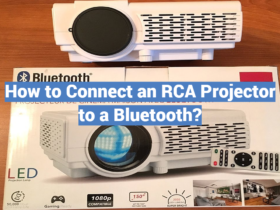


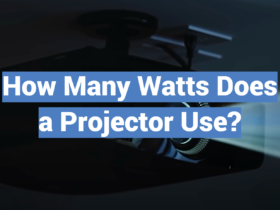
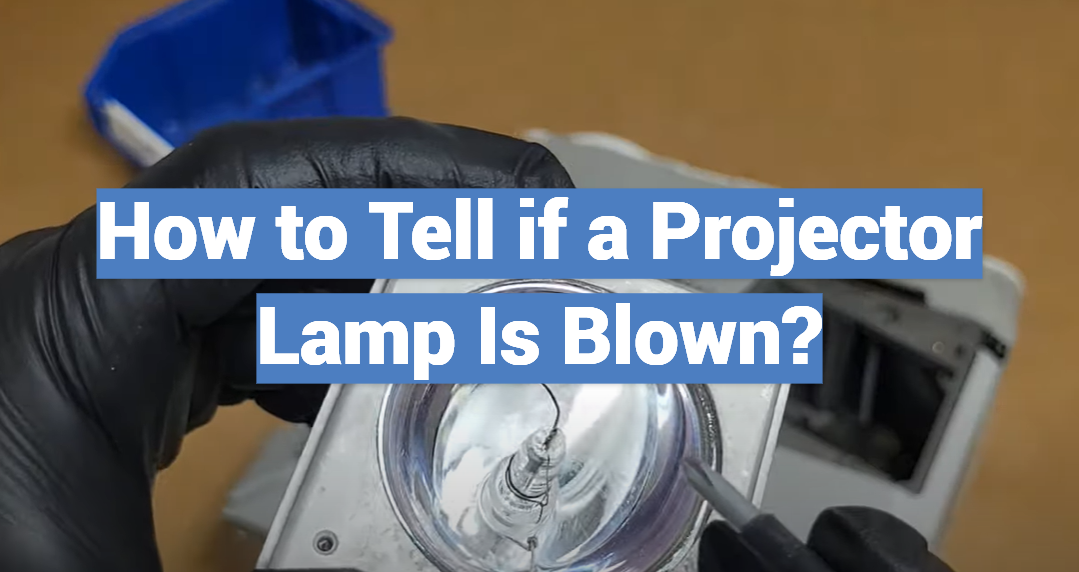
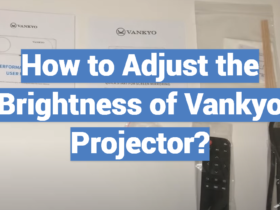

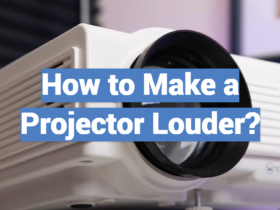

Leave a Review